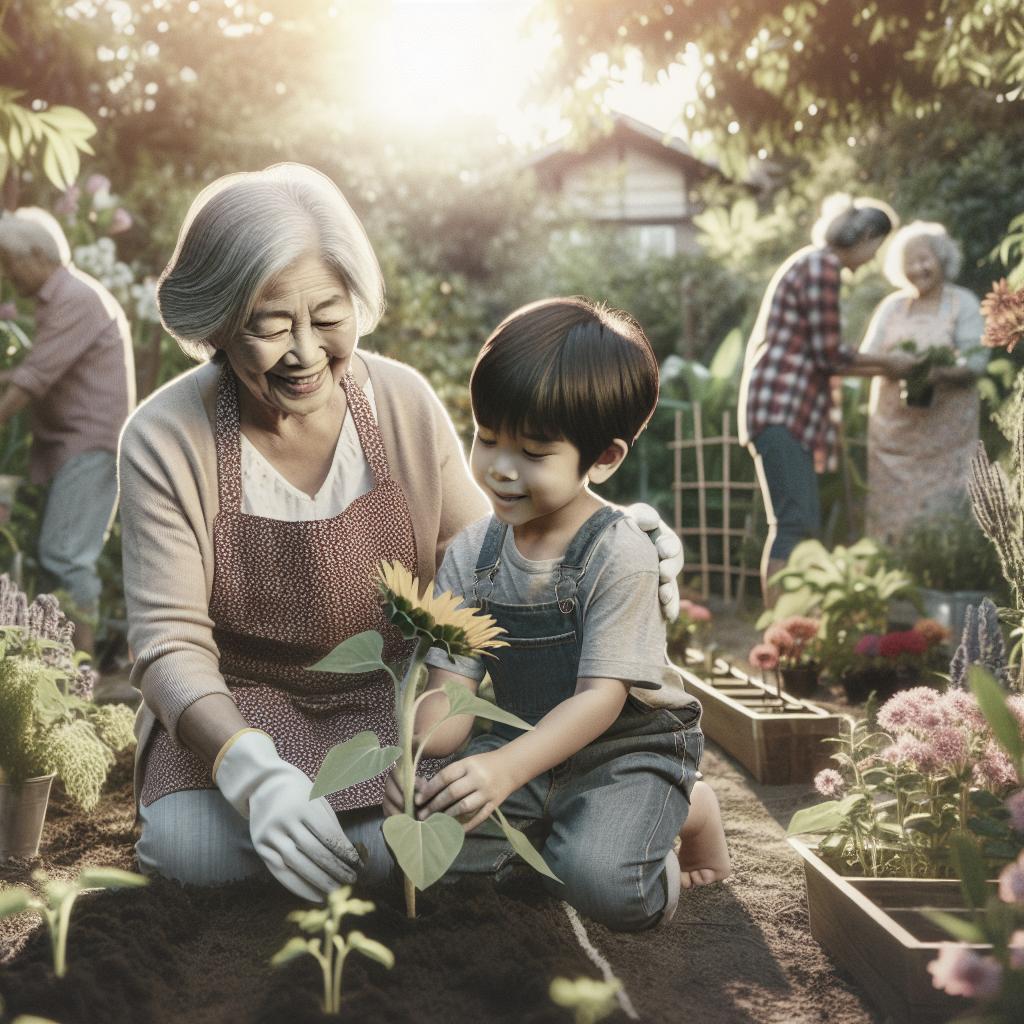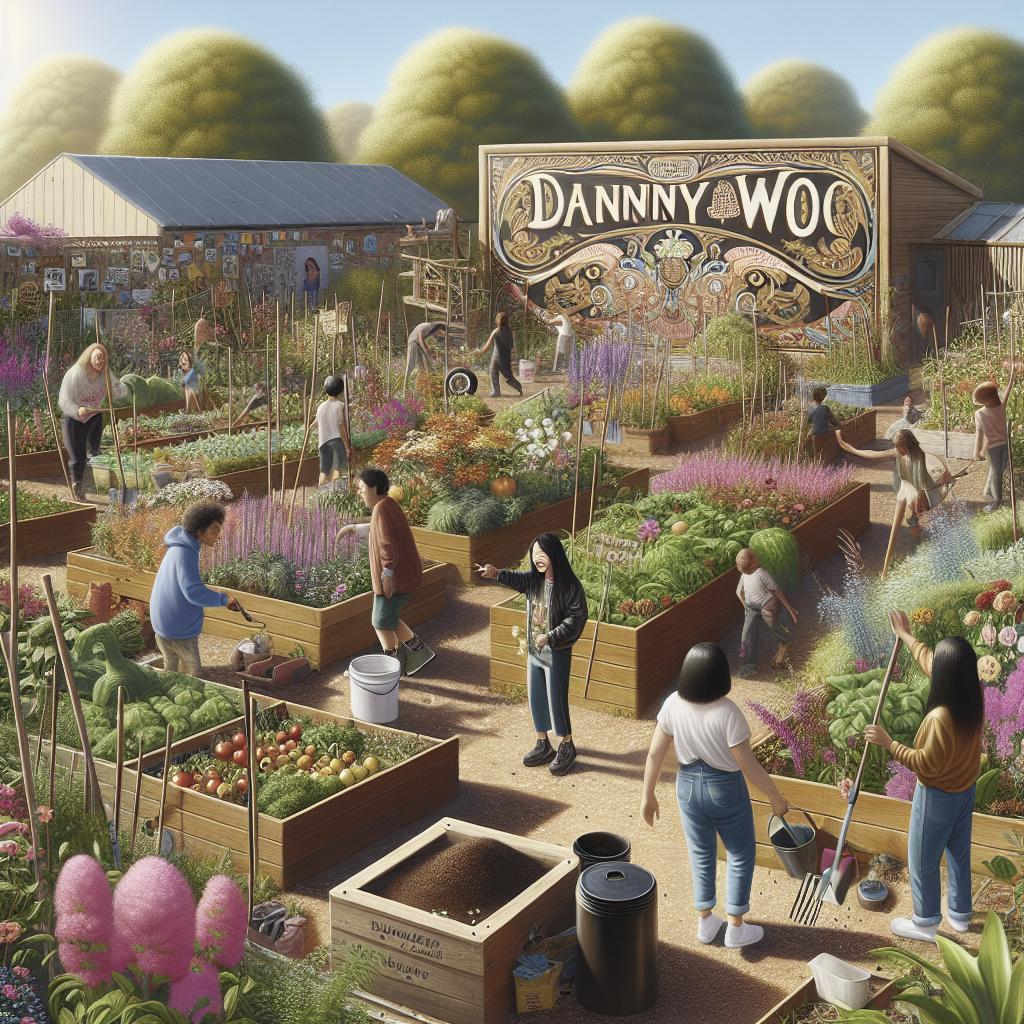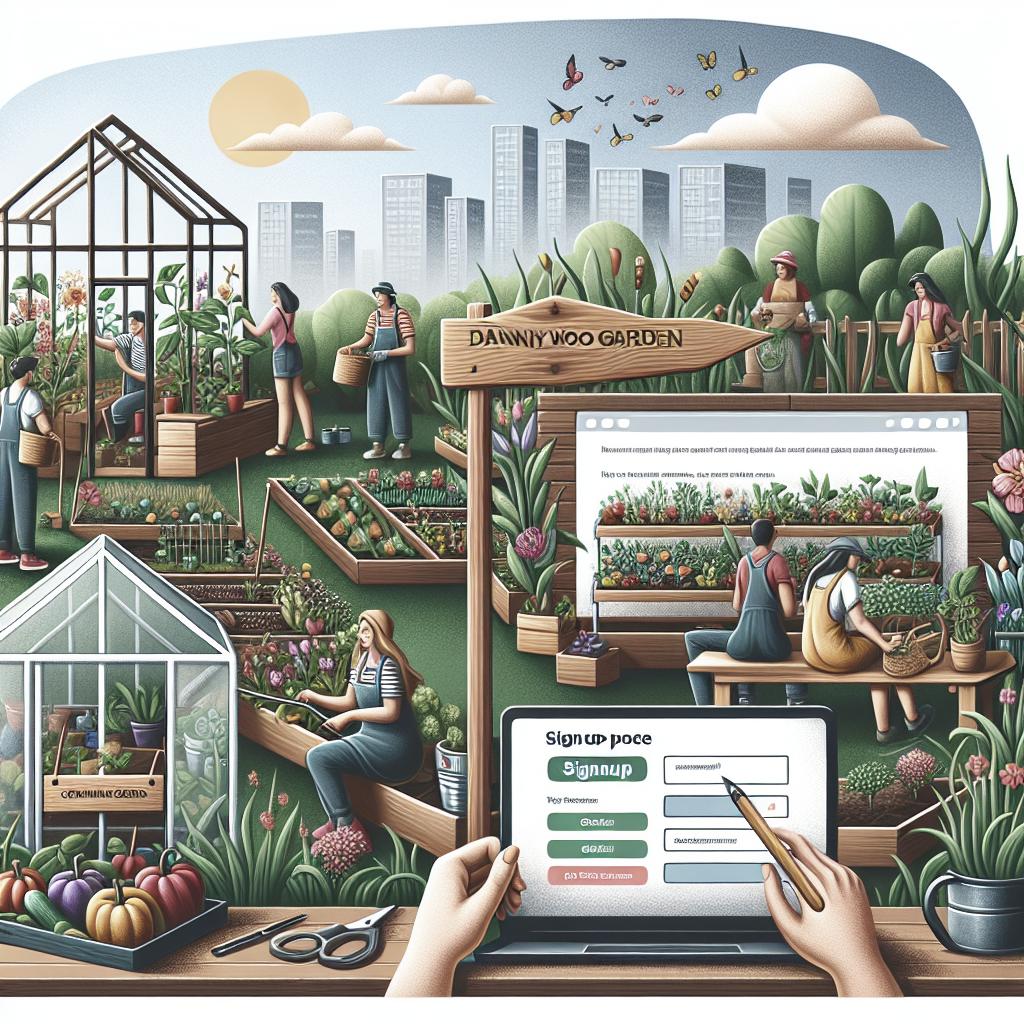Gardening is often seen as a peaceful hobby, a back-to-nature escape from the hustle and bustle of everyday life. But it can be so much more than that, fostering unique bonds between different generations, teaching invaluable lessons, and creating lush habitats for wildlife. Intergenerational gardening programs are initiatives where the young and the elderly come together to cultivate gardens. These programs offer numerous benefits to those involved, from educational opportunities to improved mental and physical health. In this blog post, we’ll delve into the essence of intergenerational gardening and explore how these programs serve as a beautiful bridge connecting generations. You’ll discover how they help kids learn through hands-on experience and provide older adults with a renewed sense of purpose. We will also highlight the ecological benefits and share practical tips to kickstart your own intergenerational garden. Stay with us as we explore the rich tapestry of benefits that such programs weave.
What Is Intergenerational Gardening?
Intergenerational gardening is an innovative concept that involves people from different age groups working together to cultivate and maintain gardens. This collaborative effort often includes children, teenagers, adults, and seniors, each bringing their own set of skills, knowledge, and energy to the project. The goal is not only to grow plants but also to nurture relationships and create a sense of community. By engaging in gardening activities together, participants can share their experiences, learn new skills, and develop mutual respect. This kind of program can take place in various settings, including schools, community centers, and residential care facilities. The beauty of intergenerational gardening lies in its capacity to break down age barriers and bring people together through a shared love for nature. It’s more than just planting seeds; it’s about sowing the seeds of friendship and understanding among different generations.
Benefits of Intergenerational Gardening
Generations can learn from each other through gardening
One of the most significant benefits of intergenerational gardening is the exchange of knowledge between age groups. Older adults often have a wealth of gardening experience and traditional know-how they can pass down to younger participants. This might include tips on soil preparation, planting techniques, and the best times to harvest. Conversely, younger generations bring fresh perspectives and might introduce older adults to newer, more sustainable gardening practices such as hydroponics or organic pest control. This symbiotic relationship enriches both parties, fostering an environment where everyone continues to learn and grow. Moreover, this exchange isn’t limited to horticultural knowledge. Life lessons and stories often accompany gardening activities, providing younger people with invaluable insights while giving older adults a sense of purpose and an opportunity to feel heard and appreciated.
Wildlife can reap the benefits, as well
Intergenerational gardening programs often focus on creating natural gardens that provide habitats for local wildlife. Planting native flora attracts pollinators like bees and butterflies, which play critical roles in maintaining biodiversity. Natural gardens can also serve as sanctuaries for birds, small mammals, and beneficial insects. By working together to create these habitats, participants contribute to an ecological balance and help support local ecosystems. This can be particularly educational for younger participants, instilling a sense of environmental responsibility from an early age. Creating wildlife-friendly gardens also offers older adults a sense of accomplishment, knowing they’re leaving a positive environmental legacy. It’s a win-win situation for both the community and the local wildlife.
WATCH: 3 reasons why natural gardens are the easiest to maintain
For this section, you can imagine there is a video thumbnail and a play button here. Incorporating a video can add value to your understanding of why natural gardens are not just beneficial but also simpler to maintain. Here are three reasons: 1. Low Maintenance: Natural gardens often require less upkeep because they thrive on native plants that are well-suited to the local soil and climate. 2. Pest Control: Beneficial insects and birds attracted to these gardens help with natural pest control, reducing the need for chemical interventions. 3. Sustainability: Natural gardens often use fewer resources, such as water and fertilizers, as the native plants are already adapted to the local conditions. To learn more, click on the video and watch how easy it can be to maintain your little slice of paradise.
For Kids
Intergenerational gardening offers myriad benefits for children. One of the most significant is educational enrichment. Through hands-on activities, children learn about botany, ecology, and even mathematics. Measuring plant growth, calculating planting distances, and understanding the life cycle of plants are just a few examples of practical lessons that come from gardening. Additionally, gardening helps kids develop essential life skills such as responsibility, patience, and teamwork. By caring for plants and working with others, children learn the value of consistent effort and collaboration. These experiences can also boost their self-esteem, as they see the tangible results of their work in the flourishing garden. The social aspect cannot be overstated. Spending time with older adults provides kids with role models outside their immediate family. The bonds they form can offer emotional support and a broader perspective on life, helping them become more empathetic and well-rounded individuals.
For Older Adults
Intergenerational gardening offers numerous benefits for older adults, particularly in terms of mental and emotional well-being. Engaging in gardening activities can help reduce feelings of isolation and loneliness, which are common among the elderly. The social interaction inherent in these programs fosters a sense of belonging and community. Physically, gardening is an excellent low-impact form of exercise that helps improve mobility and flexibility. It can also be therapeutic, reducing stress and offering a sense of accomplishment. For older adults dealing with cognitive decline, activities like gardening can provide mental stimulation and help maintain cognitive function. Moreover, the opportunity to mentor younger generations gives older adults a renewed sense of purpose and value. Sharing their knowledge and life experiences not only benefits the younger participants but also enriches their own lives, providing a meaningful way to contribute to their community.
Gardening tips, videos, info and more delivered right to your inbox!
If this blog post has inspired you to dive into the world of intergenerational gardening, be sure to subscribe to our newsletter. We regularly send out gardening tips, informative videos, and the latest news on gardening trends and innovations. Joining our mailing list ensures you’ll never miss out on valuable information that can help you make the most of your gardening endeavors. Whether you’re a seasoned gardener or just starting, our content can provide you with the resources you need to cultivate a thriving, intergenerational garden. We also feature success stories from communities around the world, offering inspiration and practical advice on how to implement and sustain your own gardening projects. Sign up today to receive all this and more, directly in your inbox!
How to Start an Intergenerational Garden
Starting an intergenerational garden can seem daunting, but with a few simple steps, you can set the foundation for a successful program. First, identify a suitable location. This could be a community garden, a schoolyard, or even a shared space in a residential area. Ensure the soil is fertile and there’s adequate sunlight and water supply. Next, gather participants. Reach out to local schools, senior centers, and community organizations to find interested individuals across different age groups. Hold an initial meeting to discuss goals, individual interests, and potential plant choices. Finally, plan your garden layout and assign tasks based on skills and interests. Create a schedule for regular meetings and activities to keep everyone engaged. Remember, the key to a successful intergenerational garden is communication and collaboration. With a little effort, you can create a thriving garden that benefits everyone involved.
| Section | Main Points |
|---|---|
| What Is Intergenerational Gardening? | Collaborative gardening between different age groups; fosters community and relationships. |
| Generations can learn from each other through gardening | Knowledge exchange; traditional vs. modern techniques; life lessons. |
| Wildlife can reap the benefits, as well | Ecological balance; habitats for pollinators and birds; environmental responsibility. |
| WATCH: 3 reasons why natural gardens are the easiest to maintain | Reason 1: Low Maintenance; Reason 2: Pest Control; Reason 3: Sustainability. |
| For Kids | Educational benefits; development of life skills; role models and emotional support. |
| For Older Adults | Mental and emotional well-being; low-impact exercise; mentoring opportunities. |
| Gardening tips, videos, info and more delivered right to your inbox! | Newsletter subscription for tips, videos, and news; success stories and practical advice. |
| How to Start an Intergenerational Garden | Identify location; gather participants; plan layout and assign tasks; regular meetings. |
In embarking on this green journey, you’ll not only cultivate plants but also nourish the roots of community, learning, and shared purpose. Whether you’re just starting or looking to enhance an existing garden, the resources available can guide you every step of the way. Happy gardening!


